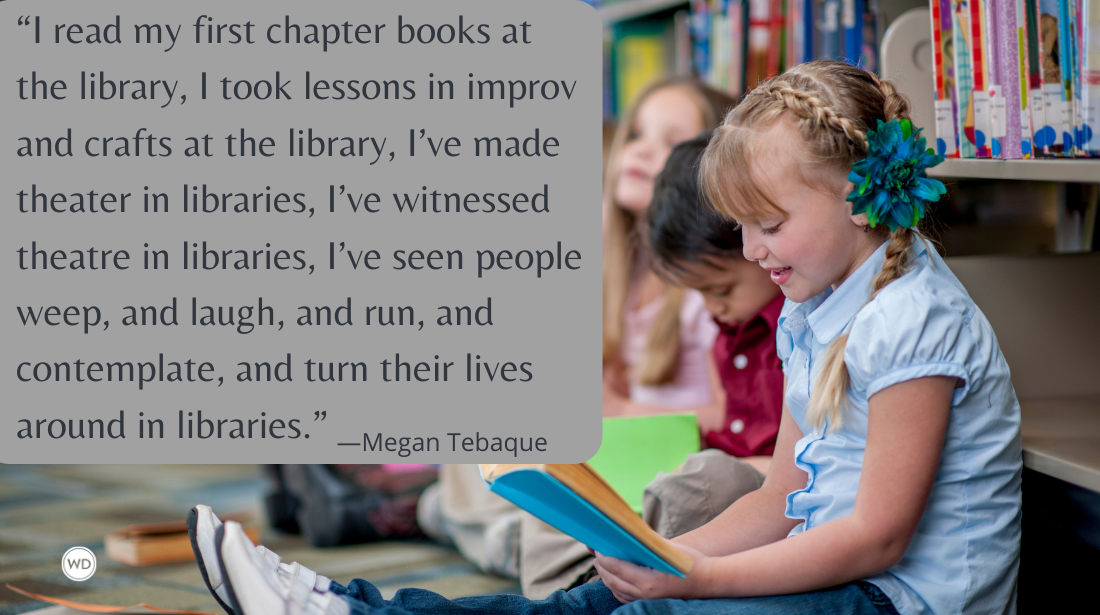Brian Castleberry: Make Reading an Integral Part of Your Process
In this interview, author Brian Castleberry discusses how reflecting on the commodification of art over the decades helped inspire his new literary novel, The Californians.
Brian Castleberry’s first novel, Nine Shiny Objects, was long-listed for the PEN/Faulkner Award, selected as a NYT Editor's Choice, and won the Library of Virginia Book Award in Fiction. His stories have appeared in Narrative, Barnstorm, Nano Fiction, Southern Review, Day One, Meridian, and other journals. He has also written nonfiction work for the Los Angeles Review of Books and Lithub. Follow him on Instagram.
In this interview, Brian discusses how reflecting on the commodification of art over the decades helped inspire his new literary novel, The Californians, his advie for other writers, and more.
Name: Brian Castleberry
Literary agent: Chad Luibl at Janklow & Nesbit
Book title: The Californians
Publisher: Mariner Books / Harper Collins
Release date: March 11, 2025
Genre/category: Literary fiction,
Previous titles: Nine Shiny Objects
Elevator pitch: The Californians is a novel about three generations of creatives trying to find their place in the world. But it’s also about changing American dreams and opportunities over the last century, from early Hollywood to the postmodern ‘80s, from the McCarthy era to the hopes and fears of disillusioned millennials in a time of climate catastrophe.
What prompted you to write this book?
In 2020, I was stuck at home in a fog of uncertainty just like everyone else. My first book had come out and had at the time seemed to disappear into the ether. I was thinking a lot about why we make art, about who gets to make it, about the ways commerce supports and ruins artistic expression, about what keeps us going when things look purposeless or risky. All this got funneled into the three closely related characters at the heart of this book—Klaus, Diane (Di), and Tobey—as I tried to understand the last century in America through the lens of these concerns.
How long did it take to go from idea to publication? And did the idea change during the process?
I started writing in 2020, but in a messy, speculative sort of way. In spring of 2021, I really got going. That puts at least four years between the start and publication. Some big ideas definitely changed over time. Chapters were cut. Minor characters came to the fore. New chapters were added. Different important historical events, like the HUAC hearings and Reagan’s election, became key moments that I hadn’t foreseen when I started. Threading these characters’ lives together over a century of time definitely created new ideas and connections that I hadn’t imagined early in the process. The main idea remained the same: to explore over multiple decades the shifting lives of these deeply connected characters from Southern California. But what they all meant together and to one another—what they said about America as a collective story—took the discovery process of several drafts.
Were there any surprises or learning moments in the publishing process for this title?
Only that I had the best editor imaginable in Kate Nintzel. She read this book closely and provided feedback through multiple drafts as I worked to fully discover its potential. I’m incredibly grateful for her belief in me and The Californians.
Were there any surprises in the writing process for this book?
Lots. Like I said, there were so many small historical events and connections between the characters that I hadn’t foreseen. I knew it would start with two fires—one in the 1970s and another blazing out of control in the 2020s. But I was also surprised by the characters themselves. When you take your time with characters, returning to them again and again, paying close attention to those around them, putting them in different situations at different points in their lives, they’re going to reveal a lot to you that you won’t expect—that may challenge your initial understanding of them. A central part of Di’s arc is a romance that I hadn’t planned at all. She meets someone who will be a big part of her life by accident, and so did I. The scene where they meet wasn’t meant to have any such purpose, but then they started drawing toward one another, and even after I thought it was over, they found their way back nearly against my will. Similar things happened with the other major and minor characters during the process.
What do you hope readers will get out of your book?
I hope they’ll see a changing set of expectations and opportunities for individuals in America over the last century. Where one character may be able to pull himself up by his bootstraps, another will benefit from generational wealth, and still another will never feel like they have a chance. But more than that I hope they come away with a deeper belief in our shared creative spirit—that to engage with the world in a creative way is a necessary part of the human experience. And of course, I hope they love the characters and have a little fun along the way.
If you could share one piece of advice with other writers, what would it be?
Read everything. Seek out diverse authors, different genres, experimental forms, popular novels, old and new books, and works in translation. Make reading an integral part of your process and your life.
Robert Lee Brewer is Senior Editor of Writer's Digest, which includes managing the content on WritersDigest.com and programming virtual conferences. He's the author of 40 Plot Twist Prompts for Writers: Writing Ideas for Bending Stories in New Directions, The Complete Guide of Poetic Forms: 100+ Poetic Form Definitions and Examples for Poets, Poem-a-Day: 365 Poetry Writing Prompts for a Year of Poeming, and more. Also, he's the editor of Writer's Market, Poet's Market, and Guide to Literary Agents. Follow him on Twitter @robertleebrewer.








